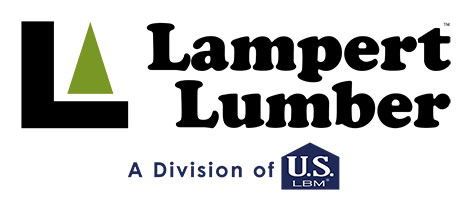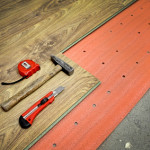Flooring: It’s What’s Underneath That Counts
 If you’re remodeling a home, adding on a room, or replacing the flooring in your home, you’ll probably spend a lot of time choosing the right flooring. You want the flooring to look great and hold up for a long time. To do this, you’ll have to be sure that all layers of your floor are structurally sound and of high quality.
If you’re remodeling a home, adding on a room, or replacing the flooring in your home, you’ll probably spend a lot of time choosing the right flooring. You want the flooring to look great and hold up for a long time. To do this, you’ll have to be sure that all layers of your floor are structurally sound and of high quality.
Flooring Layers 101
Typically, your flooring will be made up of four different layers. Each of these layers plays a distinct part in keeping your flooring in tact. In some cases, only three flooring layers are necessary. Likewise, in other, more rare cases, you’ll see more than four layers.
Here are the different layers explained, listed from bottom to top.
1. Joists
A joist serves as the main support for the flooring. They also help absorb impact and ensure that the flooring is level. Joists run horizontally between walls or foundations. The farther apart the joists are from each other, the deeper they will need to be, in order to provide enough support. Floor joists are supported by beams, laid out in a pattern. Depending on the amount of support needed, a joist may be made out of steel, concrete, wood, or engineered wood.
2. Subfloor
Subfloor lays on top of the joists to add extra support to the flooring. Typically, the subfloor is made up of ¾” plywood. The point of a subfloor is to create a solid, even base to set the finish floor on top of. Unless you’re working with new construction, there should already be a subfloor underneath your flooring.
3. Underlayment
An underlayment is not always required beneath a finish floor, but it’s especially useful with hard or solid flooring. The underlayment helps by evening out the floor, making it more structurally sound, and minimizing the impact on the finish floor. While underlayment may help provide a little more stability, its purpose is not to provide support. Because of this, your joists and subfloor must be stable before adding any additional layers. You’ll also want to be sure the underlayment is as thin as possible to avoid compromising the structure of the entire room.
The material used for the underlayment should depend on the material used for the finish floor. For example, engineered wood is a very effective underlayment for wood flooring. Engineered wood may include plywood or particle board. It helps to minimize creaks and other noises and protects the integrity of the finish floor.
4. Finish Floor
This is the final, uppermost layer of your flooring. This is the only part of the floor you’ll see and walk on. A finish floor may be made of hardwood, engineered wood, natural stone, tile, laminate, or carpet. Your finish floor is only as strong as the flooring layers underneath it.
Let us help you with your next flooring remodel or construction project. We’ll guide you through the various floor layers and advise you on choosing the right materials. Learn more about our flooring selection services below.

